Lifting weights is a great way to build strength, improve posture and maintain a healthy lifestyle but it's important that you are mindful of being safe to prevent injury.
To ensure you are lifting safely and effectively, the first and one of the most important things to do is to warm up before your workout.
A warm-up should involve at least 5 minutes of cardio, also known as aerobic exercise. Aerobic exercise means “with oxygen” so a brisk walk or star jumps, where your breathing and heart rate increase, are good examples to get your body ready for lifting weights.
At the end of your weights session, remember to take another 5 minutes to “cool-down”. Light jogging or walking will again help to deliver oxygen to your muscles, or a series of stretches will relieve any tension before you continue with your day.
All warmed-up and ready to start?
Begin on a low, comfortable weight
Starting on a low weight that is comfortable allows you to firstly focus on getting each movement (the ‘form’) right. As a beginner, select a weight that allows you to complete 15 repetitions (reps). At around repetition 12, your muscles should be feeling a fair amount of fatigue.
Always increase your weight by the lowest increment
Slowly building the amount of weight that you lift is not only the safe way to train, it is also the most effective for gaining muscle.
When 15 reps begin to feel ‘easy’, increase your weight by the lowest amount until you feel that same fatigue around rep 12.
Keep your focus on form rather than weight
The word ‘form’ refers to the technique. The better your form, the better your results, and the less likely you are to hurt yourself. Each exercise is different but as a rule, you should make your muscles do the work, avoiding ‘swinging’ the weight to complete the lift. If you are having to swing the weight, it is too heavy for you. Decrease your weight and try again, slowing down the movement to ensure that you are using your muscles and not momentum to complete the lift.
.jpg)
Pay attention
Whilst you are lifting, focus on the particular muscles that you are working and ensure you are reaching or tensing these effectively.
Remember to breathe
During exercise, breathing maintains blood pressure and oxygen levels. Proper breathing also makes it easier to perform the exercise.
It is best to exhale whilst exerting energy, and then inhale when you release. So, in the case of lifting weights, breathe out when you are performing the hardest part, the lift, and breathe in when your body is moving back to its resting position.
Have regular rest days
It can be easy to get carried away, especially if you have specific goals, but it is vital to take rest days to allow your muscles to rest and repair. It is during this ‘rest’ time that your muscle mass increases so you will reach your goals quicker and more safely by ensuring that you leave 48 hours between training the same muscles.
Don’t rush!
Control is more important than performing exercises quickly. Take your time and enjoy the experience. And remember, your local club or gym is a fantastic place to learn more.
British Weight Lifting Lifting Videos
The power clean is arguably the most accessible variation of the Olympic lifts. The power clean can be used to develop power and has a positive carryover to sprinting and jumping (one of the reasons why it is a popular exercise for many athletes in sports outside of weightlifting).
To perform the movement successfully, the lifter must lift a barbell from the floor to the shoulders in one, uninterrupted movement. The lifter must receive the bar in a ‘shallow’ squat position (with the thighs above parallel).
The power clean is used as an assistance exercise by weightlifters as it encourages the lifter to pull the bar to greater heights, thus developing power in the pulling phase of the lift. The power clean also has the great advantage that it can be used successfully by athletes in other sports and gym enthusiasts who lack the mobility and flexibility to perform the ‘full’ clean variation.
The best way to learn the power clean is to get some instruction from an experienced coach or personal trainer. Although slightly less technical than the full lift, it is still advisable to learn the power clean by ‘chunking’ the movement and breaking it down so that an athlete can focus on one phase of the lift at a time.
If you would like to perfect the Olympic lifts of the Snatch and the Clean & Jerk why not check out our 4 hour practical masterclass. Alternatively, If you would like to find out more about how to teach the Olympic lifts why not check out our Fundamentals of Teaching the Olympic Lifts CPD.
The clean pull is an exercise that athletes and gym goers can use to develop strength and power in the lower body. It encourages explosive triple extension of the ankles, knees and hips which can help to improve sprinting and jumping ability.
To perform the clean pull, the lifter must start the lift with the bar on the floor. The lift is initiated by the legs. As the bar moves past the knee, the lifter should extend their legs explosively as they attempt to elevate the bar upwards. The bar should remain close to the body. This can be achieved by elevating (shrugging) the shoulders and allowing the arms to bend slightly at the top of the lifter’s pull.
Some athletes use the clean pull in addition to (or instead of) the Olympic lifts as loads that exceed what an athlete can snatch or clean can be used. The clean pull also eliminates the ‘receiving’ component of the lift, which reduces the technical demand. It can also be used by individuals who need to work around injuries that prevent them racking the bar on their shoulders.
Superficially the clean pull may look similar to a deadlift. However, while the deadlift focuses on generating maximum force, the clean pull emphasises moving the bar quickly to generate power.
The back squat is a great exercise to develop maximal strength in the legs. In Olympic weightlifting, the ‘high bar’ back squat is the primary squat style used as it is more specific to the positions a lifter achieves in the snatch and clean.
To perform a back squat, the lifter should use a squat rack. Once the bar is loaded evenly and with collars, the lifter should step underneath the bar and rest it along the back of their shoulders (the bar should sit on the fleshy part of the upper back and not on the neck).
The lifter then steps back and places their feet hip to shoulder-width apart. The lifter’s toes can be turned out slightly. After a breath in, the lifter then descends with control (a two to three second descent is a good starting point).
The lifter should descend into a deep squat (if possible), while maintaining a neutral spine and keeping their feet flat on the floor. Once the lifter has reached their lowest position, they reverse the movement by extending their legs until they return to the starting position.
The back squat is a great exercise to stimulate muscle growth as it inspires a significant hormonal response. To reduce the risk of injury, have a spotter on hand as you perform the exercise.
The front squat is a squat variation which is highly specific to the Olympic lifts, since it requires a more upright torso and replicates the bottom position of the clean.
To perform the front squat, the lifter should use a squat rack. Once the bar is loaded evenly and with collars, the lifter should step underneath the bar and rest it along the front of their shoulders (the bar should sit close to the neck). To ensure the bar is racked securely, the lifter should lift their elbows up as high as is comfortable.
Once the bar is racked securely, the lifter then steps back and places their feet hip to shoulder-width apart. The lifter’s toes can be turned out slightly. After a breath in, the lifter then descends with control (a two to three second descent is a good starting point).
The lifter should descend into a deep squat (if possible), while maintaining a neutral spine and keeping their feet flat on the floor. Once the lifter has reached their lowest position, they reverse the movement by extending their legs until they return to the starting position. The lifter should attempt to keep their elbows up throughout the lift.
The hang snatch is a snatch variation that is popular among Olympic weightlifters. It is commonly used as a teaching exercise for beginners learning to snatch. This is because it is often easier than lifting a bar from the floor.
As a training exercise for weightlifters, the hang snatch challenges the lifter to move with speed in the second pull and turnover phases, due to the limited time and distance to accelerate and elevate the bar.
There are many other reasons to perform the hang snatch, including:
- To improve speed
- To increase explosive strength (when performed from a stationary position)
- To strengthen specific positions of the snatch (if a pause is utilised)
- To improve reactive strength (when performed in a reactive manner)
- To improve bar trajectory in the second pull
To perform the hang snatch the lifter should adopt their normal position from the floor. They will then lift the bar to a standing position before lowering to the predetermined start point of the lift (e.g. just above the knees). The bar should be in close proximity with the upper thighs.
The lifter will then either reverse the movement and execute the lift instantly or pause for a set period of time in the position above the knee (or whatever point has been predetermined by the coach). The variation used will depend on the objective of the lifter.
Partners
-
 Official Partner
Official Partner
-
 Official Equipment Partner
Official Equipment Partner
-
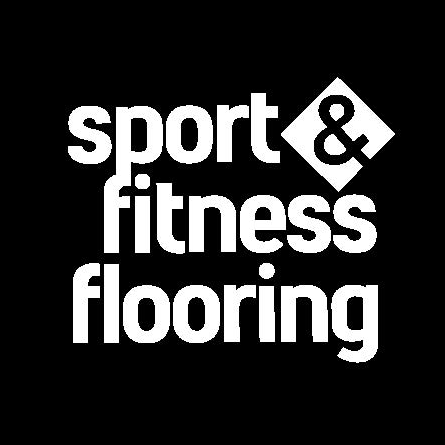 Official Partner
Official Partner
-
 Official Partner
Official Partner
-
 Official Photography Agency
Official Photography Agency
-
 Official Partner
Official Partner
-
 Official Partner
Official Partner
-
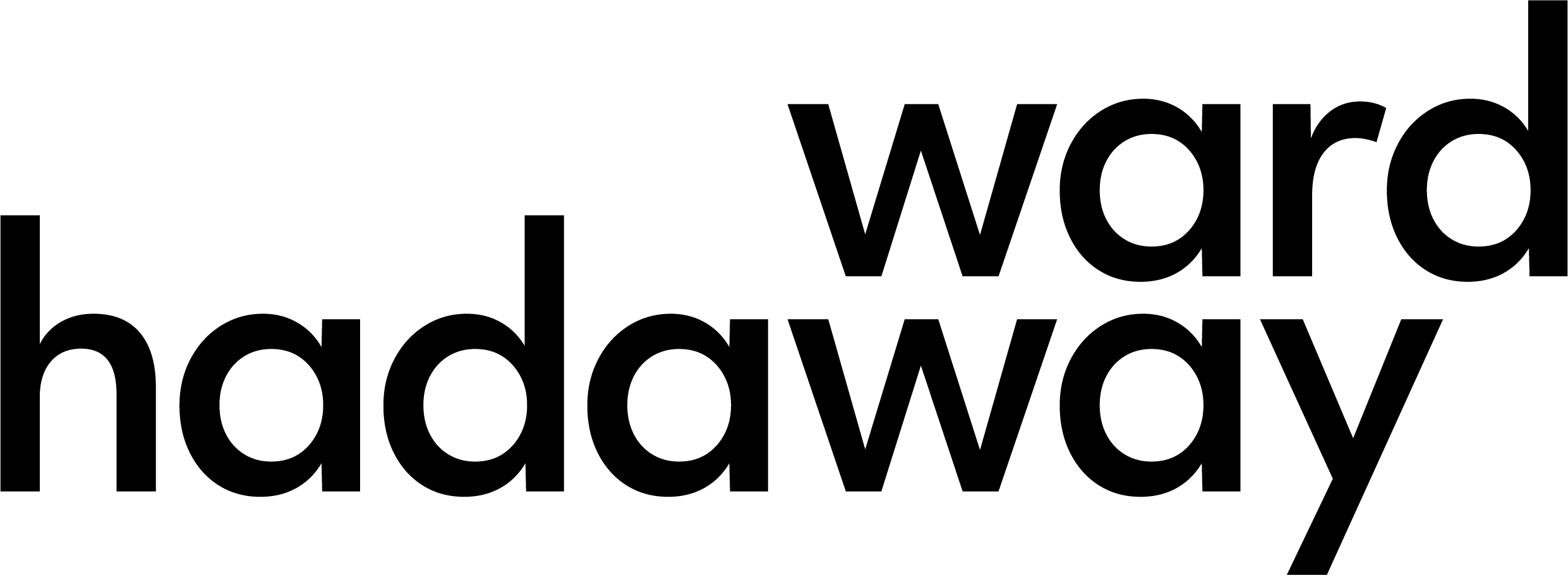 Official Partner
Official Partner
-
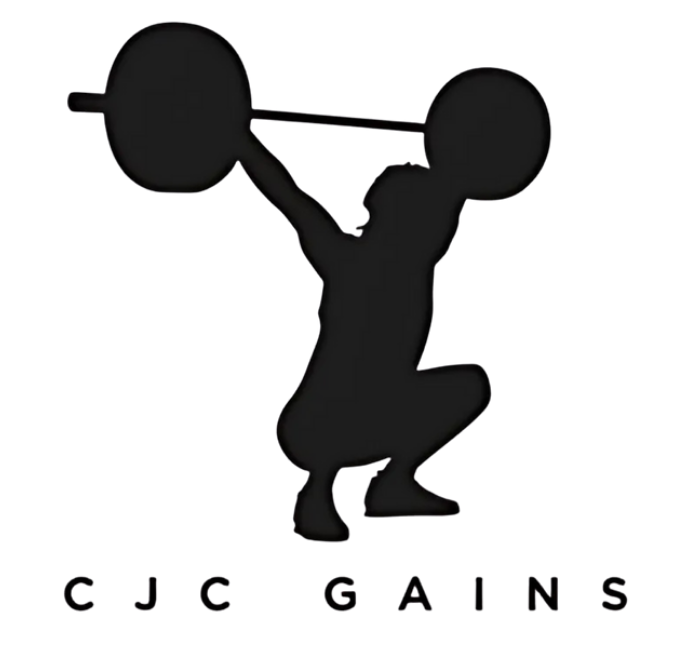 Official Partner
Official Partner
-
 Official Travel Partner
Official Travel Partner
-
 Partner
Partner
-
 Funding Partner
Funding Partner
-
 Funding Partner
Funding Partner
-
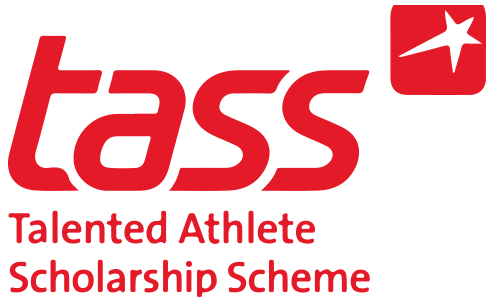 Funding Partner
Funding Partner
-
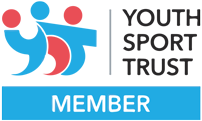 Official Strategic Partner
Official Strategic Partner
-
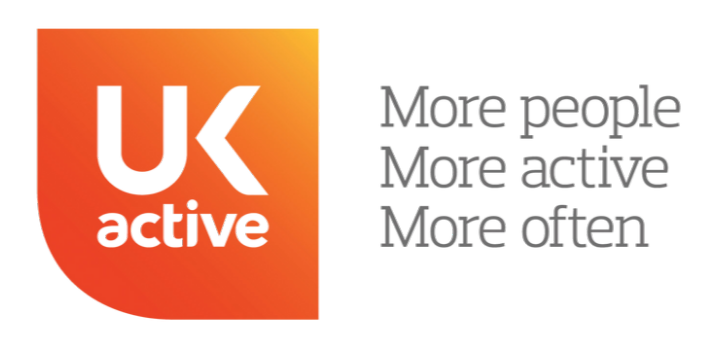 Official Strategic Partner
Official Strategic Partner
-
 Official Strategic Partner
Official Strategic Partner
-
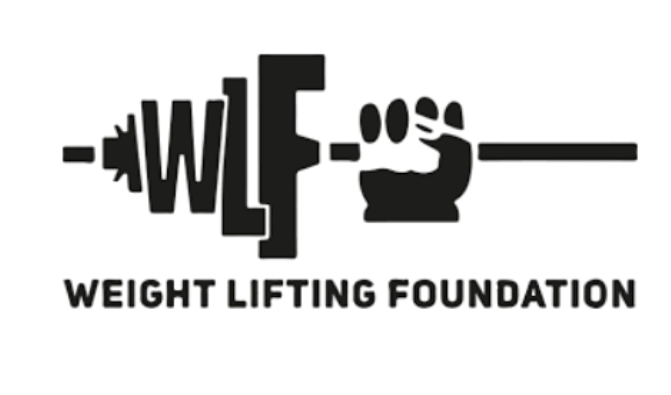 Weight Lifting Foundation Charity
Weight Lifting Foundation Charity
-
 Official ELearning Partner
Official ELearning Partner
-
 Official Awarding Organisation
Official Awarding Organisation
-
 Official Course Endorsement
Official Course Endorsement


